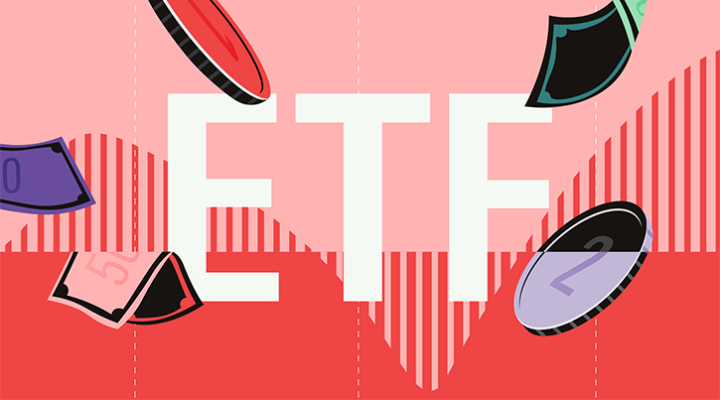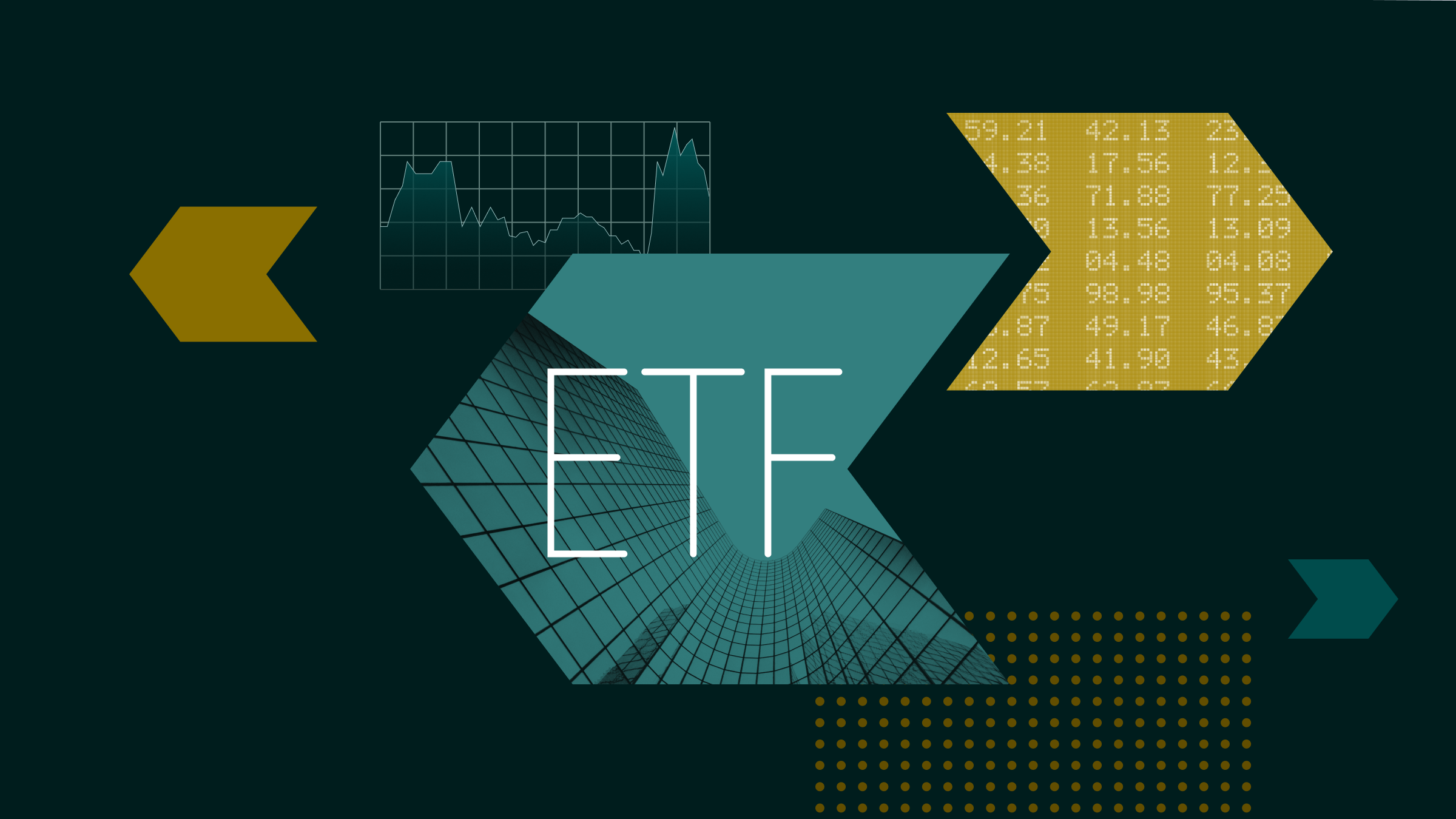This article is part of Morningstar’s Guide to Investing Ideas for 2016, click here to get your financial health in order with some new year’s resolutions for your portfolio.
It has been a very long time since interest rates were dropped to the lowest ever rate of 0.5% in the UK; seven years in March. But hope is on the horizon for savers. In December, seven years after the Federal Reserve dropped rates to its lowest equivalent our compardres across the pond chose to raise interest rates; and the consensus view is Britain will not be far behind.
But while savers rejoice at the prospect of a little more return on cash in the bank, bond investors are not looking quite as perky. This rate rise has been long awaited. In June 2012, one of Britain's leading bond fund managers urged investors to "get ready" to ditch fixed income, saying that they were “riskier than equities”. Bond markets went on to enjoy three more years of attractive returns after that, but now the day is finally upon us where fixed income prices will begin to fall.
The Fed is widely expected to raise interest rates at least four times this year, with some predictions touted six increases to the base rate. As interest rates rise, so too do bond yields – and with new bonds on the market offering more attractive income rates than what is already on market, bond traders are forced to drop prices to increase the yield and remain competitive. We are in unprecedented times – many bond fund managers have never run portfolios in a bear market, after all, this bond rally has lasted nearly three decades.
Bonds Still Have a Role to Play
But before you sell up and get out, one clarification – while the UK and US are undoubtedly in a rising rates environment, much of the rest of the world is not.
“The focus in UK is of course on when the Bank of England will lift interest rates. But the developed world is in two broad camps: the US and UK are tightening but the Eurozone is upping monetary stimulus. In principle this means that Eurozone fixed income should be better supported,” said Jose Garcia Zarate, senior fund analyst for Morningstar.
“It is also worth considering that the world economy is not going to perform as well this year, and this may further slow down the already expected very slow pace of rate increases in US and UK. Investors should price in the possibility that fixed income in UK and US doesn't do as badly as expected, particularly if we get negative surprises from emerging markets.”
Multi-asset fund manager Marcus Brookes who runs among others the Bronze Rated fund of funds Schroder MM Diversity said investors should steer clear of interest rate sensitive securities, but not disregard bonds altogether.
“It would be prudent to limit your exposure to certain fixed income in the environment we are in,” he said. “But the US and UK are much different from the rest of the world. Europe is fighting deflation and so won’t raise rates for some time, and much of Asia is battling currency issues – with some countries looking to devalue their currency. One way to achieve that is lowering rates, which we have seen recently in Taiwan. There are also opportunities in the high yield market where bonds have become cheaper.”
Of course, both high yield and emerging market bonds are more risky than those issued in developed markets, so for investors who would prefer to remain exposed to developed markets, Brookes says that the US may be a more savvy choice over the UK.
“The Fed is being very careful not to shock the market, so while rates will rise it won’t be unexpected,” he said. “In contrast, the UK has the great uncertainty of the EU referendum looming which will have a negative effect on sterling.”
Which Bond Funds to Choose?
Investors should choose a bond fund manager with the flexibility to invest across the asset class, says Brookes – as he does with the JP Morgan Absolute Return Bond fund managed by Bill Eigen.
Strategic bond funds have the ability to allocate within the different areas of fixed income markets – including government bonds, investment grade, high yield bonds and emerging market debt.
Morningstar fund analysts rate highly several funds within the sector. Artemis High Income is Rated Silver, and described by analysts as a compelling long-term offering for investors looking for a high-yielding fund. Analysts describe the fund’s long term performance as “remarkable”.
Fidelity Strategic Bond, run by Ian Spreadbury is also Rated Silver, and it is the strength of the manager which earns the high rating – with analysts stating: “he has gained a distinct advantage in understanding bond markets through his long tenure at Fidelity, 10 prior years at L&G, and his earlier actuarial and underwriting career”.
































